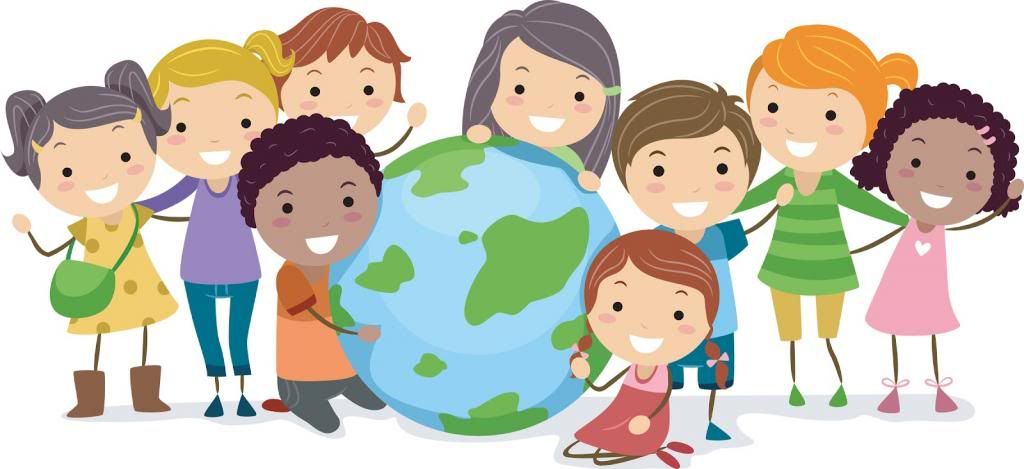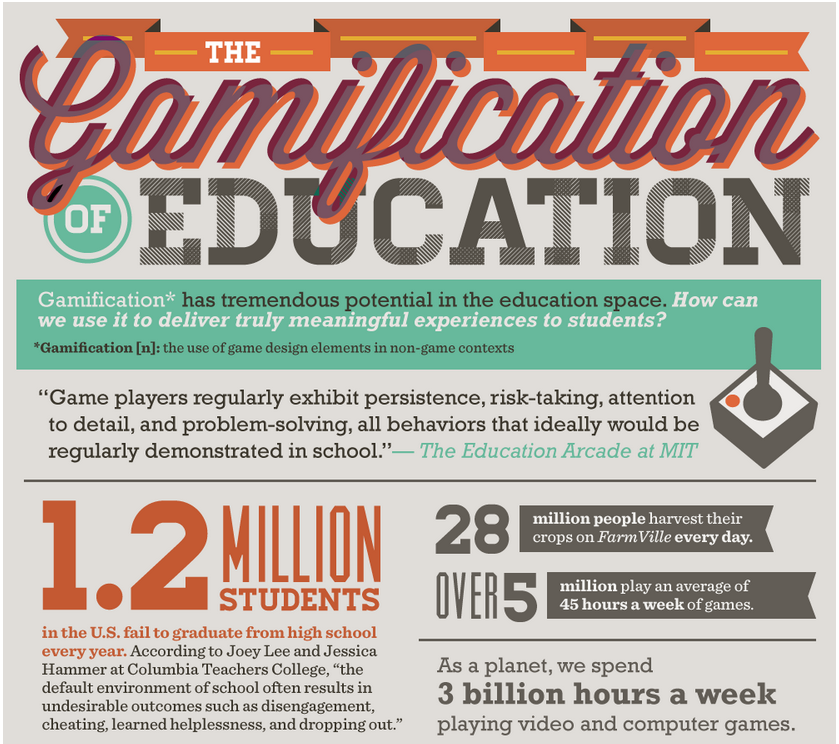Multiliteracy, if used correctly in the classroom, can allow a teacher to break diversity barriers that may exist with some students. Whether a teacher has students with learning disabilities (or physical disabilities), students with Aboriginal backgrounds or speakers of other languages, ensuring that their pedagogical approach includes multiliterate views and instruction, they can change the way that their diverse students build an understanding of work undertaken in the classroom (Healy, 2008).
References:
Pictures and Clips:
Knewton (n.d) ‘The Gamification of Education Infographic’ Retrieved from http://www.knewton.com/gamification-education/
Knewton (n.d) ‘The Gamification of Education Infographic’ Retrieved from http://www.knewton.com/gamification-education/
Photbucket.com (n.d) ‘Kids Earth’ Retrieved from http://s1295.photobucket.com/user/
victoriadrake91/media/hstickmankidsearth_zps3fa5b96d.jpg.html?sort=3&o=1
victoriadrake91/media/hstickmankidsearth_zps3fa5b96d.jpg.html?sort=3&o=1
Youtube.com (n.d) ‘Teaching in the 21st Century’
Retrieved from http://www.youtube.com/
watch?feature=player_embedded&v=OTIBDR4Dn2g
watch?feature=player_embedded&v=OTIBDR4Dn2g


No comments:
Post a Comment